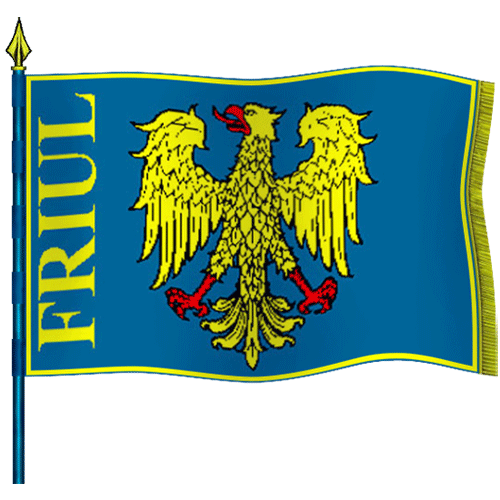Recipes with Pitina della Valtramontina®
History of Pitina and folk stories

Recipes with Pitina della Valtramontina®
History of Pitina and folk stories
Via Roma, 1 MEDUNO (PN)-p.i. 01075191932
What we know about Pitina
“Pitina” is a typical product from Valtramontina. It seems that it was born in the first half of the XIX century, as there are several accounts of people preparing it in those distant times in Inglagna and Frasaneit, rural villages situated in the municipality of Tramonti di Sopra.
In its ingredients it is very similar to the “Peta” from Andreis and the “Petuzza” from Barcis. At first it was exclusively prepared with sheep meat, goat meat or game meat (chamois, stag, roebuck). Its typical shape, like a big rissole, is due to the fact that in the mountains it was extremely difficult to find guts to sack the meat in and then to preserve it, so the shape device was used to make up for this lack.

Our Pitinas are seasoned in a way that was used a long time ago when electricity did not exist. The main secret was that, after having been near the fireplace to dry up, Pitinas were put in a cool and airy room, called “camarin”, for an extra drying; time would have done the rest. After a fortnight, more or less, a thin layer of white mould started to form on the surface of the product and this meant that it was maturing in the best way. After a month, mould covered Pitinas almost entirely. This continuous seasoning process was a guarantee of their correct preservation. When there came the time to eat Pitinas, at first mould should have been brushed away from the surface, then the product was washed using vinegar and water, and only after having been dryed up with a rag-cloth it was cut into thin slices to be eaten. It would have been better enjoyed with a good glass of wine, or cooked in “brodo di polenta”, polenta broth. At that time, Pitinas had a very strong flavour, due to the kind of meat used to prepare them; nowadays, to make Pitinas less strong and more palatable, it is also used pork lard, which is usually added to the sheep, goat or game meat.
At our times, as in the “bassa friulana” (lower areas of Friuli), especially among the farmers’ families, survives the tradition of butchering the pork, in Valtramontina survives the tradition of preparing Pitinas, and only a few local hunters prepare them using chamois meat.
We usually prepare Pitinas using goat meat and some pork meat (stag meat at the beginning of the hunting season only) which comes from national farms, rigorously checked by sanitarian officers and veterinaries.
The genuine ingredients of our Pitinas are: meat, salt, pepper, garlic, red wine, spicy herbs and corn flour. Their smoking comes from the burning of local non-resinous firewood.
We try to prepare Pitinas in the respect of the old tradition originating in Valtramontina and Val Silisia, and of the national sanitarian laws.
Nowadays, a lot of dishes have been created using Pitina and they are really a surprising rediscover of an old taste.
Enjoy it!
Filippo Bier

